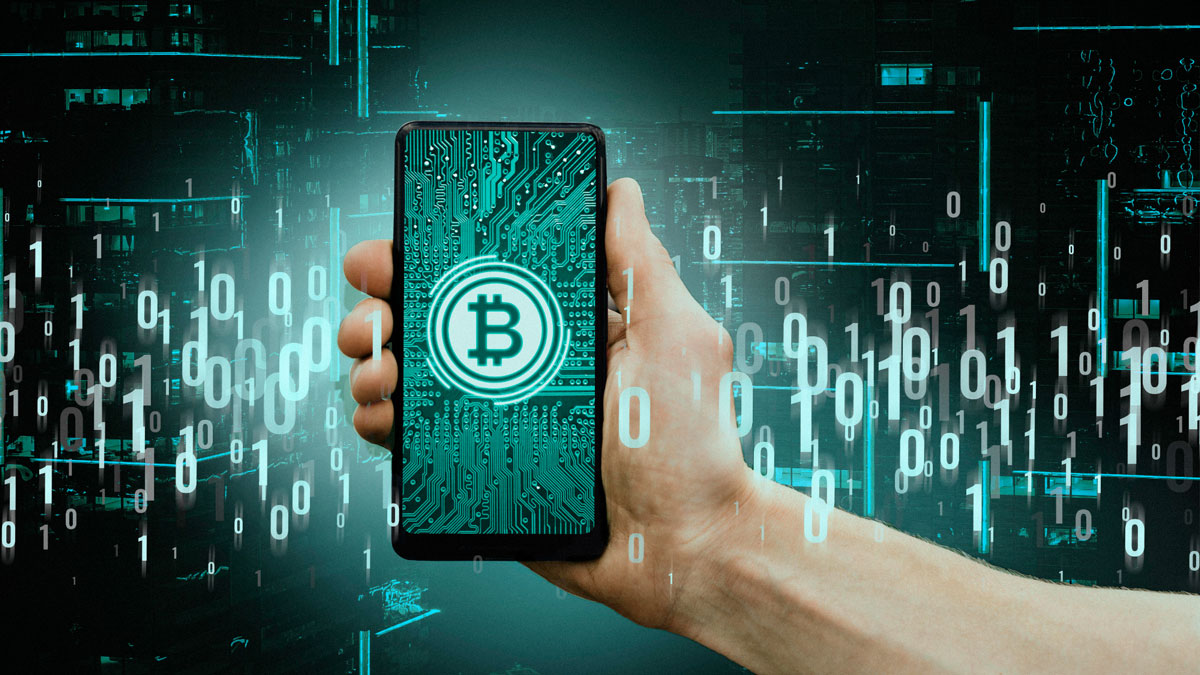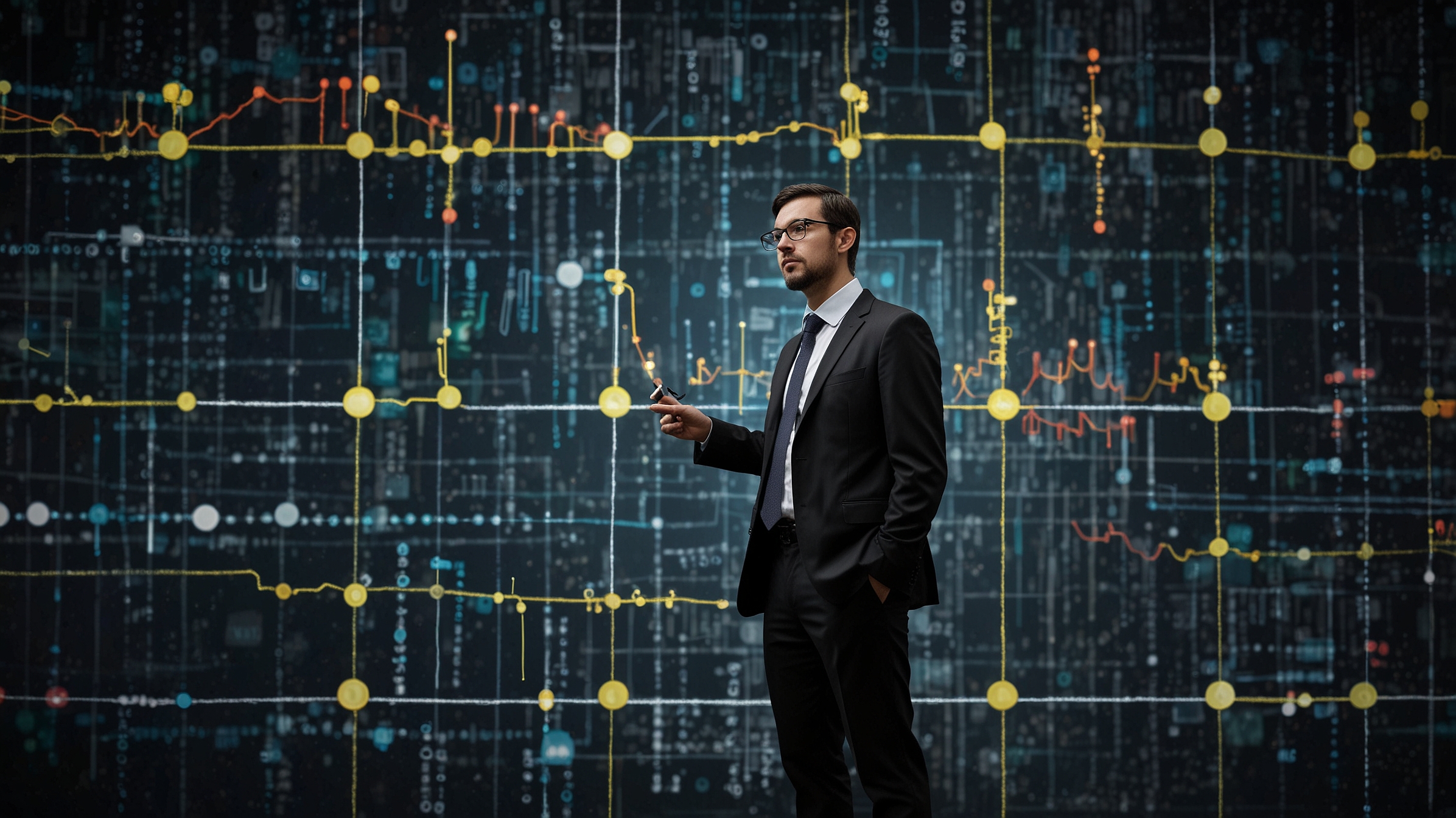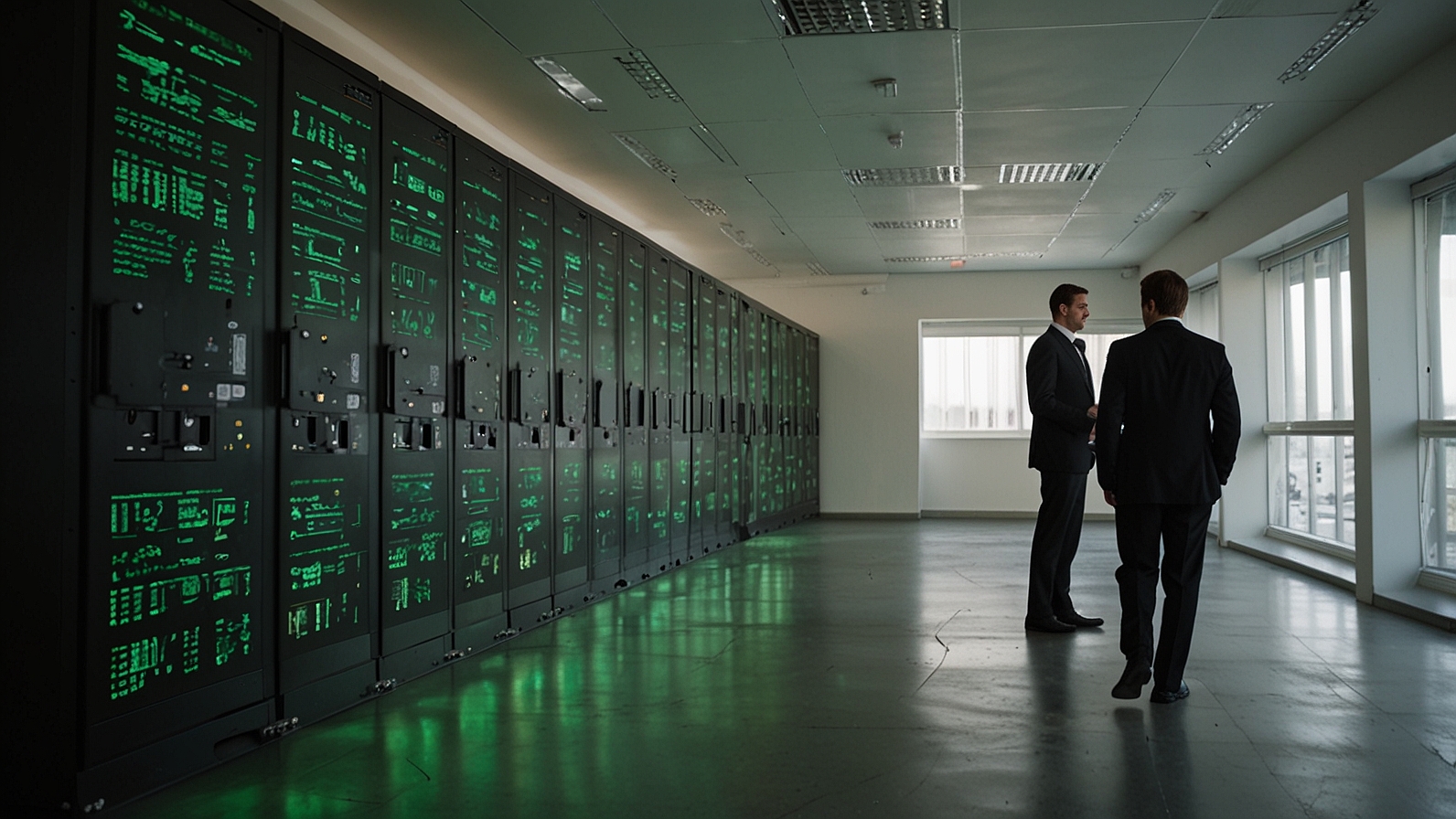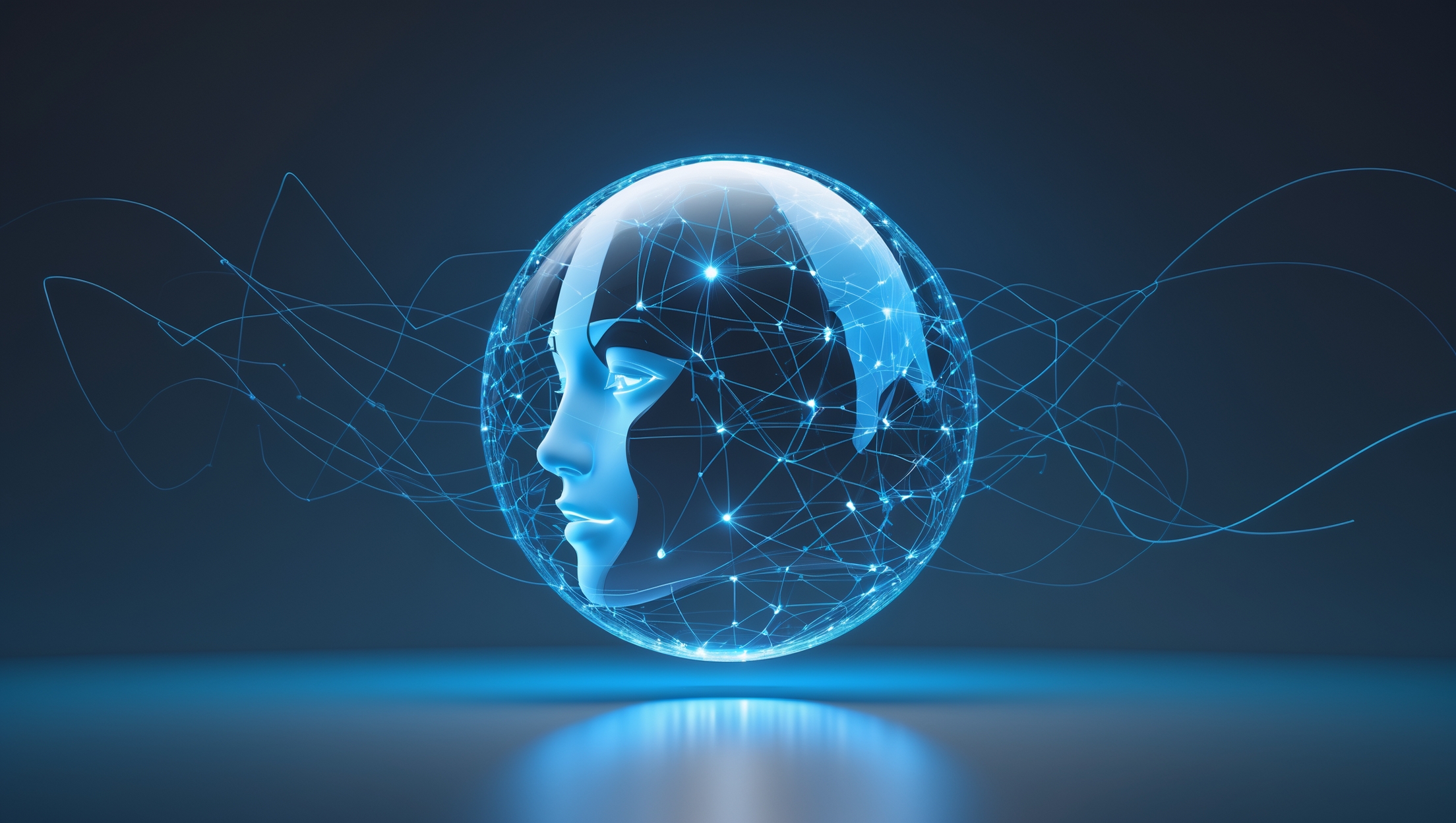The rapid advancements in blockchain technology and artificial intelligence (AI) have already begun to reshape industries across the globe. While each of these innovations holds immense potential on its own, their convergence could unlock a new era of transformative capabilities that were once thought to be beyond reach. By combining blockchain’s decentralized, transparent, and immutable nature with AI’s ability to process and analyze massive amounts of data, we are witnessing the emergence of powerful new solutions that offer efficiency, security, and enhanced decision-making across various sectors. This fusion of two of the most groundbreaking technologies of our time is poised to change the way we interact with data, solve problems, and build digital ecosystems.
Blockchain and AI: An Overview
Before diving into the possibilities created by their convergence, it’s important to understand the fundamentals of both technologies.
- Blockchain is a decentralized digital ledger that records transactions across multiple computers in a way that ensures the integrity and transparency of the data. Each “block” contains a record of transactions, and the entire chain is immutable, meaning no data can be altered once added to the blockchain. This makes it ideal for applications where trust, security, and transparency are critical, such as in finance, supply chain management, and healthcare.
- Artificial Intelligence (AI), on the other hand, refers to machines’ ability to simulate human intelligence through data analysis, pattern recognition, learning, and decision-making. AI systems process vast amounts of data to identify trends, make predictions, and automate tasks. Its applications range from natural language processing and computer vision to autonomous vehicles and personalized recommendations.
Enhancing AI with Blockchain
The integration of blockchain technology into AI systems can address several challenges that AI developers face, leading to enhanced efficiency and reliability.
1. Data Security and Privacy
One of the most significant concerns with AI is the need for vast amounts of data to train models effectively. However, this raises serious privacy and security concerns. Blockchain can address these issues by creating a decentralized and encrypted data-sharing environment, where individuals maintain control over their data.
For example, using blockchain, individuals can grant permission for their data to be used for AI training, and they can revoke this access at any time. This ensures greater transparency and accountability while protecting personal privacy. Additionally, blockchain’s immutable records make it harder for unauthorized parties to tamper with the data used for AI model training, ensuring the integrity of the machine learning process.
2. Decentralized AI Networks
AI models are typically hosted on centralized servers controlled by a single entity. Blockchain’s decentralized nature allows AI models to be distributed across a global network of computers. This shift toward decentralized AI could result in faster, more scalable, and more cost-efficient AI applications.
For instance, decentralized AI networks could use blockchain to reward users who contribute computing power, data, or training models to the network. This decentralized approach could reduce the reliance on centralized cloud services, creating a more democratized AI ecosystem where individuals and smaller entities can participate in AI development.
3. Transparency in AI Decision-Making
AI decision-making processes are often criticized for being opaque. The “black box” nature of many AI models means that it’s difficult to understand how algorithms arrive at particular conclusions. By recording AI’s decision-making processes on a blockchain, we can ensure that these models are transparent and auditable.
For example, in applications such as autonomous vehicles or financial services, blockchain can serve as an audit trail, allowing all actions and decisions made by AI systems to be tracked, reviewed, and verified. This not only promotes trust in AI systems but also helps detect and address potential biases in algorithms, improving fairness and accountability.
How AI Can Benefit Blockchain
While blockchain can enhance AI, AI can also bring significant benefits to blockchain technology, driving greater efficiency and scalability.
1. Smart Contract Optimization
Blockchain is known for its use of smart contracts—self-executing contracts where the terms are directly written into code. However, smart contracts can be complex and require continuous monitoring for errors or potential vulnerabilities. AI can enhance smart contracts by predicting outcomes, detecting anomalies, and optimizing contract performance in real-time.
For example, AI-driven predictive models can help identify possible loopholes or inefficiencies in smart contracts before they’re deployed. AI could also automate contract execution based on real-time data, ensuring that smart contracts are more adaptive and responsive to changing conditions.
2. Fraud Detection and Prevention
Blockchain’s security features make it a powerful tool for preventing fraud, but AI can further enhance its capabilities. By analyzing transaction patterns across a blockchain network, AI can detect suspicious behavior or fraudulent activity in real-time. For example, AI systems could analyze blockchain transactions to identify unusual patterns that indicate fraudulent behavior, such as money laundering or identity theft.
Moreover, AI algorithms could continuously learn from past data, improving their ability to detect new and emerging types of fraud. As blockchain technology expands into more sectors, such as finance and supply chains, AI will play a critical role in maintaining the integrity and security of blockchain networks.
3. Scalability and Efficiency
While blockchain is secure and decentralized, it often faces challenges with scalability and transaction speed. AI can help optimize blockchain networks to improve efficiency. For instance, machine learning algorithms can help manage network traffic, predict congestion, and optimize resource allocation, ensuring that blockchain networks can scale effectively as more transactions occur.
Furthermore, AI can enhance the consensus mechanisms that validate transactions on the blockchain. By using AI to analyze network behavior, blockchain systems can become more energy-efficient and faster, helping to overcome the scalability issues that many blockchain networks currently face.
Real-World Applications of Blockchain and AI Convergence
The integration of blockchain and AI has already begun to impact various industries, paving the way for innovative applications.
- Supply Chain Management: AI can be used to analyze supply chain data and predict demand, while blockchain ensures transparency and traceability of goods. Together, they create a more efficient and secure supply chain that can respond in real-time to market demands.
- Healthcare: In healthcare, AI is used to analyze patient data for personalized treatments, while blockchain secures medical records and ensures privacy. By combining the two, healthcare providers can create secure, AI-driven solutions for diagnostics, treatment plans, and patient outcomes.
- Financial Services: The finance industry is already utilizing blockchain for secure, transparent transactions, while AI is used for fraud detection, risk assessment, and predictive analytics. Integrating both technologies could create more efficient and secure financial systems that are capable of real-time fraud detection and decision-making.
Conclusion: A Powerful Duo for the Future
The convergence of blockchain and AI is an exciting frontier in the tech world. By leveraging blockchain’s security, transparency, and decentralization alongside AI’s ability to analyze data and make decisions, we are entering a new era of possibilities. From improving data privacy and transparency to optimizing blockchain networks and detecting fraud, the combination of these two technologies holds the potential to drive unprecedented innovation across industries.
As we continue to explore and refine their integration, blockchain and AI will not only reshape how we interact with data but will also provide new opportunities for businesses, governments, and individuals to harness the power of these transformative technologies in tandem. The possibilities are vast, and we are just beginning to scratch the surface.














